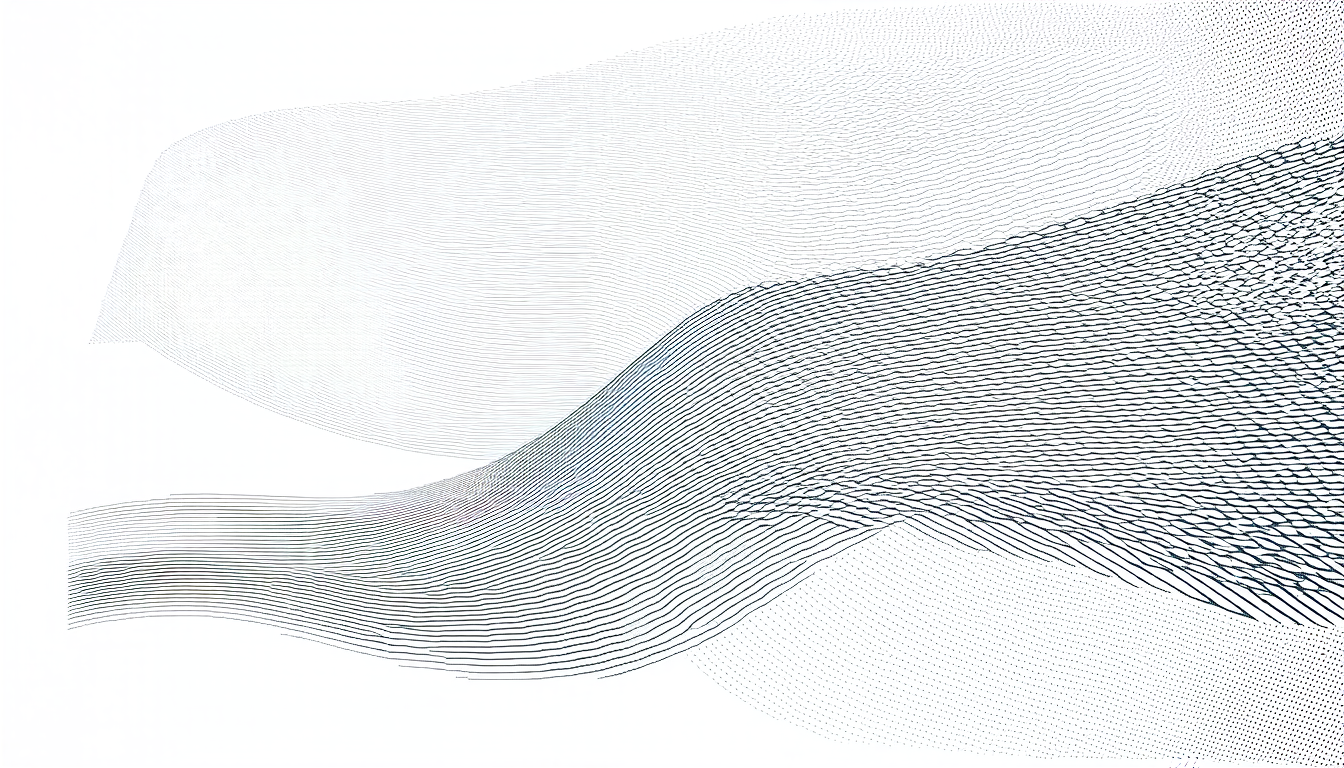Sunday 02 February 2025
Scientists have made a significant breakthrough in understanding how complex systems behave when they are subject to random fluctuations. By studying the behavior of time-integrated observables, researchers have discovered that certain patterns emerge when these systems are driven by Gaussian noise.
The study focused on the Fractional Ornstein-Uhlenbeck (fOU) process, which is a type of stochastic process that exhibits long-range correlations in its behavior. The fOU process is characterized by a Hurst exponent H, which measures the degree of correlation between different time intervals. For H < 1/2, the process exhibits short-range correlations, while for H > 1/2, it exhibits long-range correlations.
Researchers used a technique called Optimal Fluctuation Method (OFM) to study the behavior of the fOU process. The OFM involves finding the optimal path that minimizes the action functional, which is a measure of the system’s energy. By solving this problem numerically and analytically, researchers were able to uncover new insights into the behavior of the fOU process.
One of the key findings was that for H < 1/2, the optimal path exhibits strong localization, meaning that it remains close to zero over most of the time interval. For H > 1/2, however, the optimal path becomes delocalized, meaning that it spreads out over the entire time interval.
The researchers also found that there is a critical value of H, known as the borderline, where the behavior of the fOU process changes dramatically. Below this borderline, the system exhibits strong localization, while above it, the system exhibits delocalization.
The study has important implications for our understanding of complex systems and their behavior under random fluctuations. It shows that even simple-looking systems can exhibit rich and complex behavior when subject to Gaussian noise.
In addition to its theoretical significance, the study also has practical applications in fields such as finance and physics, where it can help researchers understand and model complex phenomena.
Overall, this study is an important contribution to our understanding of complex systems and their behavior under random fluctuations. It highlights the power of mathematical techniques, such as the Optimal Fluctuation Method, in uncovering new insights into the behavior of these systems.
Cite this article: “Unraveling Complex Systems Under Gaussian Noise: A Breakthrough in Understanding Fractional Ornstein-Uhlenbeck Processes”, The Science Archive, 2025.
Fractional Ornstein-Uhlenbeck Process, Gaussian Noise, Optimal Fluctuation Method, Action Functional, Hurst Exponent, Long-Range Correlations, Short-Range Correlations, Localization, Delocalization, Complex Systems.






